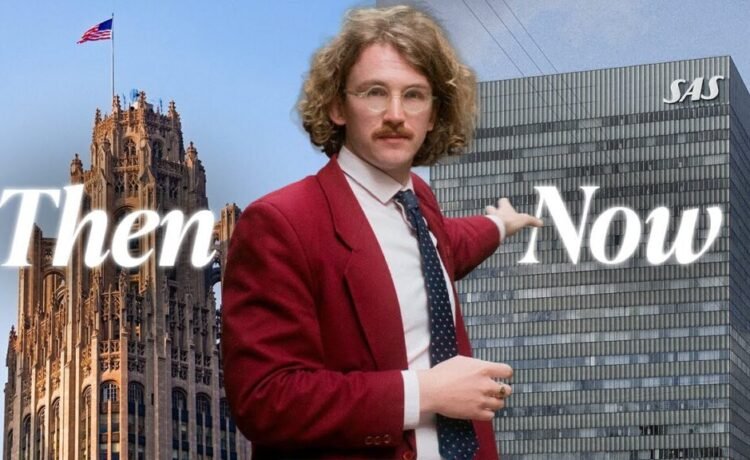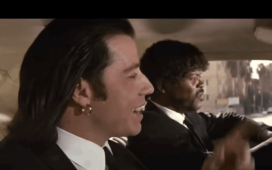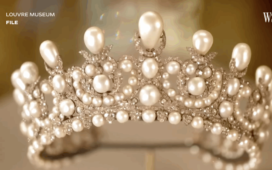More than a few of us might be interested in the opportunity to spend a day in Victorian London. But very few of us indeed who’ve ever read, say, a Charles Dickens novel would ever elect to live there. “London’s little lanes are charming now,” says Sheehan Quirke, the host of the video above, while standing in one of them, “but 150 years ago in places like this, you’d have had whole families crammed into these tiny rooms without running water. There would have been open cesspits spilling down the streets, and the stench of sewage boiling in the midday sun would have been unbearable.” The stinking city, already the biggest in the world and growing every day, “wasn’t only horrible to live in, but genuinely dangerous.”
Much of the tremendous amount of waste produced by Londoners went straight into the River Thames, which eventually grew so foul that the engineer Joseph Bazalgette took on the job of designing not just a sewer system, but also an embankment to “replace what was essentially a stinking swamp filled with rubbish and human waste and eels.” Though eminently, even miraculously functional, Bazalgette’s design wasn’t utilitarian.
After its completion in 1870, the embankment was lined with elaborately decorated lamps (some of the first pieces of electric lighting in the world) that still catch the eye of passersby today, well into the twenty-first century. “We don’t associate decoration with cutting-edge technology, and that’s a major difference between us and the Victorians,” who “saw no contradiction between startling modernity and time-honored tradition.”
Quirke became renowned as The Cultural Tutor a few years ago on the social media platform then called Twitter. His threads have cultivated the understanding of countless many readers about a host of subjects to do with history, art, architecture, music, and design, with an eye toward the ways in which past civilizations may have done them better than ours does. The Victorians, for instance, may have lacked modern amenities that none of us could live without, but they designed even their sewage pumping stations “with the same ornamental exuberance as any church or palace.” Perhaps they thought their sanitation workers deserved beautiful surroundings; they certainly had “a sense of pride, a belief that what they’d done here was worthwhile, that it meant something.” Current infrastructure, large-scale and small, is technologically superior, yet almost none of it is worth regarding, to put it mildly. Whether our own civilization could return to beauty is the question at the heart of Quirke’s enterprise — and one his growing group of followers has begun to ask themselves every time they step outside.
Related content:
Why Do People Hate Modern Architecture?: A Video Essay
Dieter Rams Lists the 10 Timeless Principles of Good Design — Backed by Music by Brian Eno
Saul Bass’ Advice for Designers: Make Something Beautiful and Don’t Worry About the Money
Based in Seoul, Colin Marshall writes and broadcasts on cities, language, and culture. His projects include the Substack newsletter Books on Cities and the book The Stateless City: a Walk through 21st-Century Los Angeles. Follow him on the social network formerly known as Twitter at @colinmarshall.















